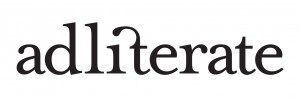
Image courtesy of Sagasurfer.
Much of my time is spent at the moment thinking about the nature of brand ideas – how to build them, and critically how to spot whether what you have got is good enough.
To date I have been unable to create a fail safe ready reckoner for great brand ideas – although regular readers will know I have a very particular approach to building them.
The truth is that there is no process that you can follow that will churn out great brand ideas, you just sort of, have to have them. And please do not be fooled by charlatans that claim to have a special product, process or workshop to generate these ideas, any hardware is only as good as the software that runs on it.
However, I think that there is one thing that is absolutely true of great brand ideas – they are generous.










